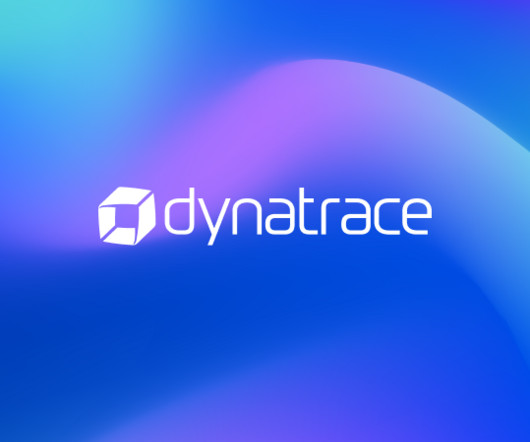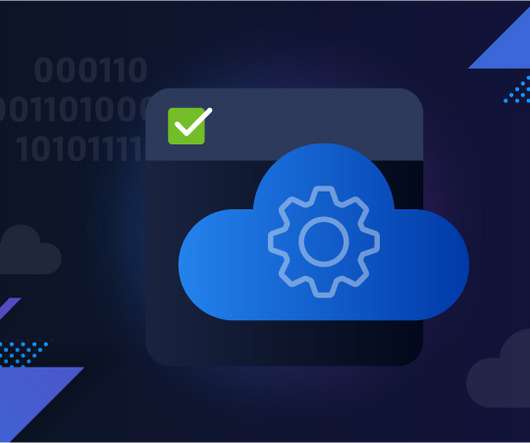APRA CPS 230 compliance, explained
Dynatrace
NOVEMBER 2, 2023
Unified observability is the ability to know how systems and infrastructure are performing based on the data they generate, such as logs, metrics, and traces. In modern cloud environments, every piece of hardware, software, cloud infrastructure component, container, open-source tool, and microservice generates records of every activity.






























Let's personalize your content